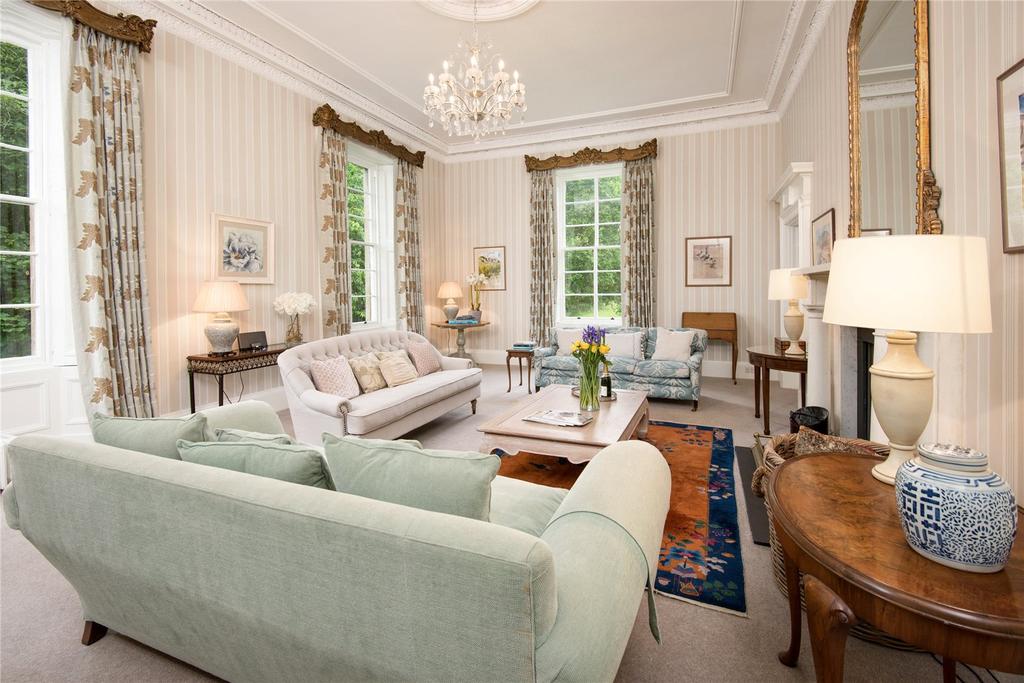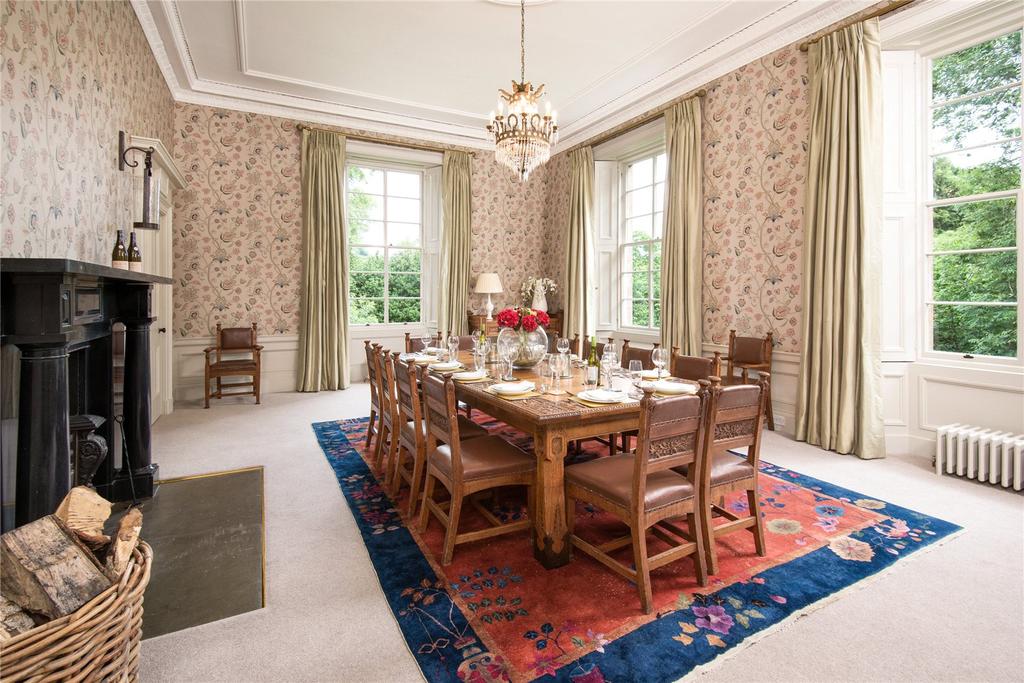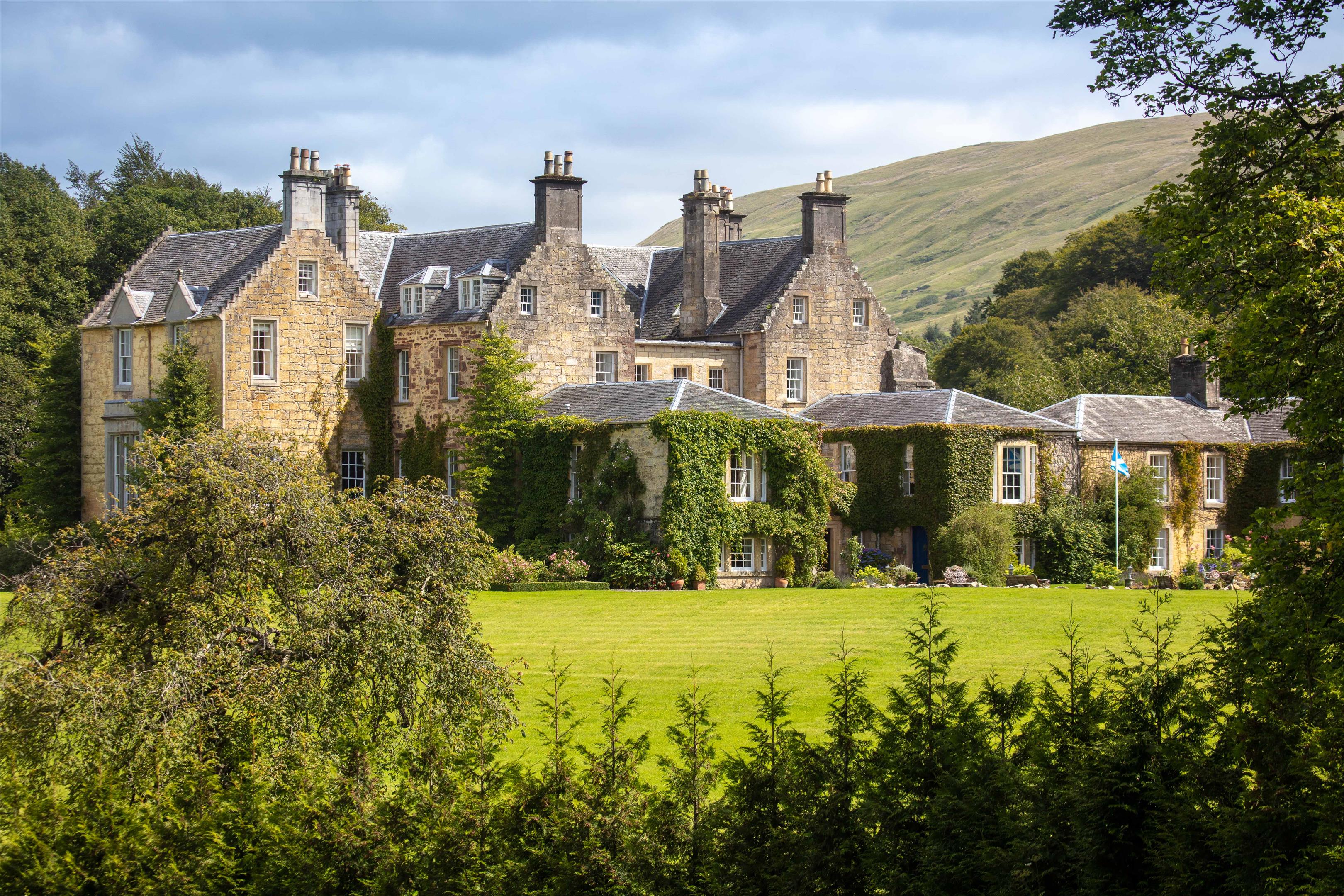The sporting Scottish estate that was once home to Sir Walter Scott
Romantic Ashiestiel House at Clovenfords was inhabited by the novelist in the early 1800s.


Glorious landscapes and a grand country-sports tradition have long made the unspoilt Scottish Borders a favoured stamping ground for English buyers, says Evelyn Channing of Savills in Edinburgh (0131–247 3720), who wants ‘offers over £5.5m’ for the spectacular, 863-acre Ashiestiel estate on the banks of the River Tweed, a mere five miles from Galashiels and its 50-minute Borders Rail-way link to Edinburgh, 35 miles to the north.

Tucked away in a quiet wooded corner of the estate stands Ashiestiel House, a fine Category A-listed country house that was home to the novelist Sir Walter Scott from 1804 until 1812, when he moved to nearby Abbotsford, which he had bought the previous year. Scott’s eight years at Ashiestiel are said to have been among the happiest of his life. In fact, the writer Theo Lang reckoned that, had Scott been able to buy Ashiestiel, the ambitious project of Abbotsford might never have happened.

At Ashiestiel, says Lang, ‘the study was both his dining and writing room, in which were composed the Lay of the Last Minstrel, The Lady of the Lake, and Marmion, as well as about a third of Waverley’. A romanticised watercolour of Ashiestiel was painted by J. M. W. Turner as an illustration for Marmion in the 1830s.

Originally a 17th-century pele tower, Ashiestiel House was later extended and enlarged, before being completed in the 19th century with the addition of an east wing. Built on two main floors over a lower ground floor, it has been refurbished throughout by its current owners since 2011, a project that included complete re-wiring, re-plumbing and re-roofing of the entire building, the installation of a new family kitchen, seven new bath/shower rooms to complement the master suite and six further bedrooms on the first floor and the creation of a TV room, games room and secure gun room on the lower-ground floor. A reception hall and four grand reception rooms are located on the main floor, all of which have splendid views of the surrounding grounds.

The estate itself is managed in hand and offers several income streams from a number of let houses and cottages, two newly created commercial woodland plantations, ultra-modern equestrian facilities (currently unused but with letting potential), a productive livestock unit and - the estate’s crown jewel - its 1¾ miles of single-bank salmon and sea-trout fishing on the Tweed, a popular beat for up to six rods, with a seventh rod reserved for house use.

Spectacular Scottish castles and estates for sale
A look at the finest castles, country houses and estates for sale in Scotland today.

Credit: Knight Frank
Exquisite houses, the beauty of Nature, and how to get the most from your life, straight to your inbox.
Striking 19th equestrian property in Roxburghshire
The country house of Sylvia Loch, international dressage trainer and author, is for sale in Roxburghshire.

A breathtaking West Highlands estate with mountains, forests and lochs to call your own
A magnificent sporting estate, extending to 11,105 acres in total, has come to the market in the West Highlands – and

